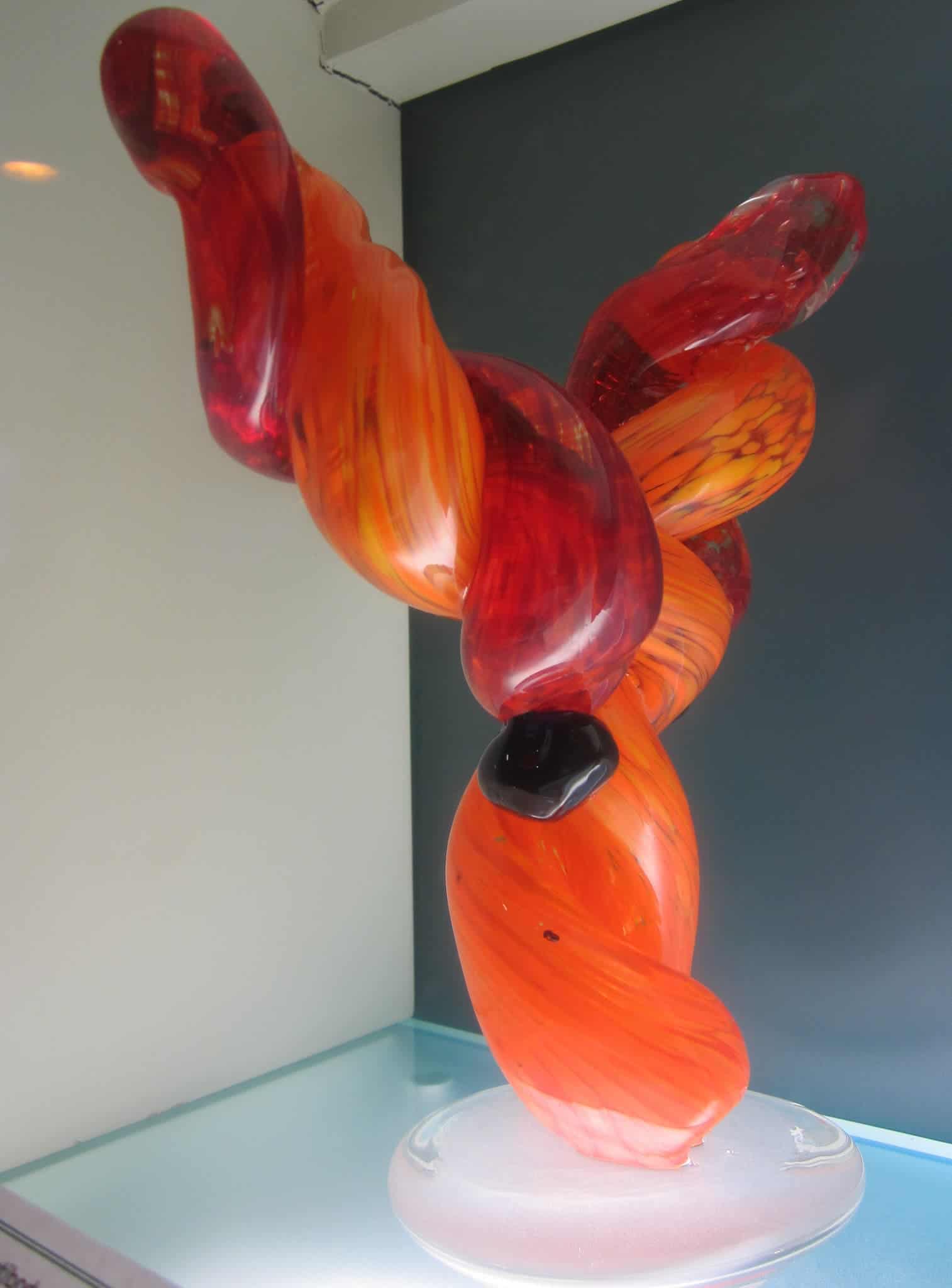An antibody produced by an HIV-positive patient has been found to neutralize 98 percent of all HIV strains it was pitted against, including most of those resistant to other antibodies of the same class.
Antibodies are chemical compounds produced by the immune system to deal with pathogens such as bacteria or viruses. They function by binding to them to either neutralize or flag them for disposal by white blood cells. One of the biggest hurdles our bodies have to overcome in creating an efficient HIV antibody is the virus’ ability to rapidly adapt and overcome whatever is thrown at it. So these substances usually see a limited timeframe of efficiency against the virus, after which it morphs becoming untouchable again.
But a new antibody isolated by the US National Institutes of Health (NIH) called N6 has shown it can maintain its ability to recognize HIV even as the virus changes and breaks away from it. It is also an estimated 10 times more potent than VRC01, an antibody in the same class, which has passed to phase II clinical trials on human patients after protecting monkeys against the virus for six months.
“The discovery and characterisation of this antibody with exceptional breadth and potency against HIV provides an important new lead for the development of strategies to prevent and treat HIV infection,” said Anthony S. Fauci from the US National Institute of Allergy and Infectious Diseases.
N6 was tested on 181 different strains of HIV and destroyed 98% of the samples, including 16 out of 20 strains immune to other antibodies of its class. For comparison, VRC01 is only effective against 90% of HIV strains. N6 brings not only a wider scope but also much greater potency, the researchers report.
“Of those antibodies being considered for clinical development, there are examples of antibodies that are extremely broad but moderate in potency (e.g. 10E8 or VRC01) or extremely potent and less broad (e.g. PGT121 or PGDM1400).”
“However, the discovery of the N6 antibody demonstrates that this new VRC01-class antibody can mediate both extraordinary breadth and potency even against isolates traditionally resistant to antibodies in this class.”
One size fits all
To see what makes N6 so good at overcoming the shifting defenses of the virus, the team tracked its behavior over time as it interacted with HIV. They found the antibody targets bits of the virus which stay similar throughout different strains, not those which are prone to change — such as the V5 region. By binding to this area, N6 prevents the virus from infecting the host’s immune cells — which makes HIV-positive individuals’ defenses crumble, developing into AIDS, the acquired immune deficiency syndrome.
“N6 evolved such that its binding was relatively insensitive to the absence or loss of individual contacts typically found in the VRC01 class,” the team reports.
While there are some mutations of HIV that are resistant to N6, they rarely developed. This suggests that the virus doesn’t have as much time to react to the antibody as it has with other treatments scientists are exploring.
“The rare occurrence of N6 resistance mutations suggests that such mutations come at a relatively high fitness cost, which might represent a partial barrier to the selection of resistant mutants,” they explain.
So far, N6 has only been tested in lab settings. Until the results can be re-created in vivo on live human trials, the team recommends we remain cautiously optimistic.
Of course, these results have so far only been demonstrated in the lab, so until we see the same levels of success in actual human trials, we need to remain cautiously optimistic. However, given recent breakthroughs by UK researchers, who managed to completely flush HIV out of a patient’s system and those of a German team’s gene-snipping approach, a reliable cure for HIV/AIDS may be just around the corner.
The full paper “Identification of a CD4-Binding-Site Antibody to HIV that Evolved Near-Pan Neutralization Breadth” has been published in the journal Immunity.










